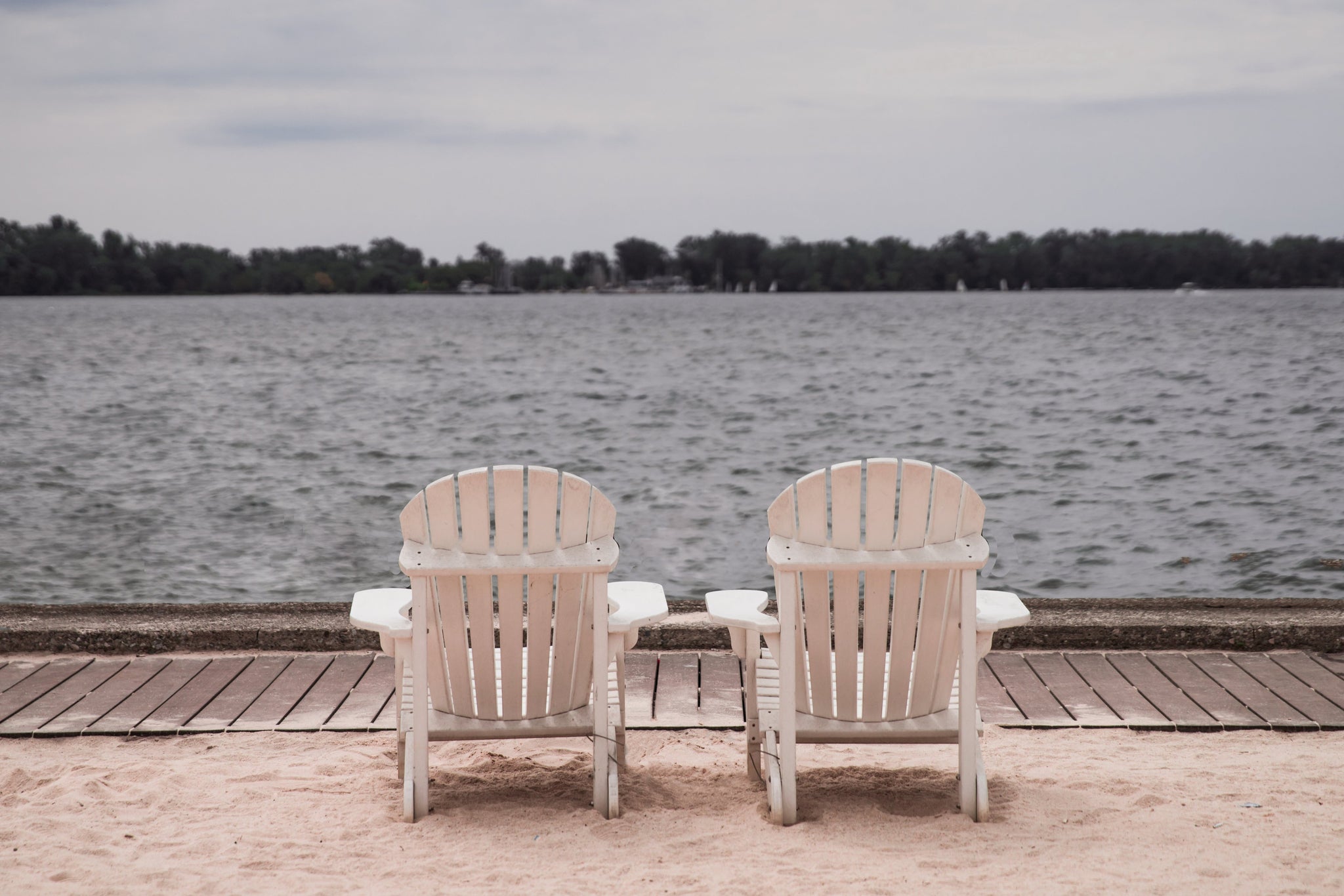Clear Lake Coffee Roasters: Explorer Series - Yemen Coffee and the Birthplace of an Industry … Probably- April 10th, 2021

Yemen Coffee and the Birthplace of an Industry … Probably
Historians recognize that their work is less about gathering facts than it is about reckoning probabilities. This is an important distinction when considering the early history of coffee. While most of us can agree that it is highly probable Ethiopia is the origin of the Arabica coffee plant, the birthplace of coffee as a beverage is much less certain, if only because that distinction is associated with both Ethiopia and Yemen. Note, I’m using the current names for these countries because … it’s easier.
In All About Coffee, historian William Ukers writes, ambiguously, that coffee as a beverage has been known in Ethiopia, “from time immemorial.” This seems likely, whatever dates we assign to “immemorial,” given that there were forests of wild coffee growing throughout many parts of the region. That coffee and water would meet in some way at some point makes sense. Whether the beverages prepared with coffee way-back-when (let’s narrow it down to 1,200 to 1,700 years ago) resembled the beverage we love today seems improbable. In one version of the story of Kaldi and his caffeine-happy goats, the coffee cherries are boiled by monks to create what one presumes would be a tea-like drink that kept them awake during evening prayers. Cascara anyone?
The monks each in turn, as the evening draws near,
Drink 'round the great cauldron—a circle of cheer!
And the dawn in amaze, revisiting that shore,
On idle beds of ease surprised them nevermore!
The birthplace of roasting coffee to create a beverage that we might recognize is, maybe, could be, who knows, Yemen. Coffee plants came to Yemen from Ethiopia, conceivably as early as 520 A.D., when Ethiopia invaded Yemen and occupied the peninsula for over 50 years. But the first story about Yemen coffee as a beverage dates back only to the middle of the 13th century. Almost as well known as the story of Kaldi and his goats discovering the positive effects of eating coffee cherries is the story Omar the dervish discovering that coffee could be used to make a beverage. In one version of the story he simply boils the cherries, but in another version he roasts them first.
Omar “was driven by his enemies out of Mocha into the desert, where they expected he would die of starvation.” In one version of the story we are told he is driven out of the city because he attempted to run off with the king’s daughter after healing her. That’s the story where a magic bird leads him to a coffee bush. He eats the cherries and likes how they taste so he adds them to his soup, i.e. a beverage. In the other version of the story, he doesn’t like how the coffee cherries taste so he roasts them to make them taste better and then adds them to water to soften them up and, well, voila, your first cup of Yemen coffee that might be, if not familiar to us, at least headed in the right direction.
All of this, apart from coffee being uniquely indigenous to Ethiopia, is dubious as history. The probabilities are basically a coin toss. But if you want to talk about the first intensification of commercial cultivation and exportation of coffee, we are talking about Yemen. The birthplace of coffee is Ethiopia, and the birthplace of the coffee industry is almost certainly Yemen. No place on earth has been cultivating coffee for international trade at scale as long as Yemen. For hundreds of years Yemen maintained a monopoly on growing and exporting green coffee. While coffee drinking expanded across the globe, coffee growing did not until the 17th century, and that only happened with assistance from a generation of determined smugglers and adventurers.
Today’s coffee consumer might associate coffee growing with a coffee farmer from Colombia, but for most of coffee consuming history, coffee drinkers associated coffee’s origins with Arabia first, then the East Indies (Java and other Indonesian islands). Well into the 20th century, Mocha Java, a blend of coffee from Yemen (where the main port was Mocha) and coffee from Java or any island in the vicinity, was considered a premium coffee above anything from Central or South America.
Although the “coffee taster” that appeared on Hills Brothers coffee packaging for nearly 100 years was intended by the artist to represent a person from Ethiopia, consumers assumed it was someone from the Arabian Peninsula because that was the region they most associated with coffee growing. The coffee taster icon was the coffee-branding equivalent of Juan Valdez for decades.
Most coffee drinkers don’t think of Yemen when they think of coffee these days. They are far more likely to think of Brazil. But 200 years ago, the opposite would have been true. The following lines appear in a poem title “Coffee and Crumpets,” published in 1837:
To puff away an hour, and drink a cup,
A brimming breakfast-cup of ruddy Mocha—
No one, my little brown Arabian berry,.
Hath sung thy praises—'tis surprising! very!
Fill the bowl, but not with wine.
Potent port, or fiery sherry;
For this milder cup of mine
Crush me Yemen's fragrant berry.
Tis surprising! Very! Indeed. The long history of Yemen coffee includes both cultivation and consumption. Coffee drinking is embedded the culture, is pervasive, and in some contexts highly ritualized. From Ukers:
"I was recognized as a foreigner because I asked for water just after I had taken my coffee. 'If you belonged here', said the waiter, 'you would not spoil the taste of coffee in your mouth by washing it away with water.'"
Yemen coffee is grown on mountainsides so steep that farms must be terraced, creating steps on which coffee can be planted, a practice now hundreds of years old. In recent years, however, the challenge for coffee farmers has been accessing international markets due to conflicts within the country. It is extremely difficult to export coffee from Yemen under current conditions, which contributes to the prices being admittedly very high. But the 90,000 Yemen coffee farmers are known to be as resilient as their coffee (which has been studied by World Coffee Research for its hardiness). For most farmers, the practices around producing coffee have not changed for generations. Virtually all Yemen coffee is naturally processed, drying on mats or raised beds or rooftops, and is sometimes called the “mother of all natural processed coffee.”
Yemen coffees prepared for export are known for offering a wide and completely unique variety of complex flavor profiles, body, and acidity, making it one of the world’s rarest coffees, but not because it’s difficult to obtain.
 Supremo 18. Supremo 17/18. Excelso EP.
Supremo 18. Supremo 17/18. Excelso EP.
Whilst you're here are 6 reasons for making Clear Lake Coffee Roasters - CLCR - your go-to coffee roaster:
☕️ We are a local family-run business located in the heart of Clear Lake, Iowa.
☕️ We go to great lengths to find only the finest and ethically sourced coffee around, from the top 2% of coffee beans in the world.
☕️ We only source 100% certified Arabica coffee beans, carefully hand-selecting each coffee based on specific quality and taste attributes.
☕️ Our roasting process has been refined over the years and each roast profile is individually designed to complement the nuances of the coffee we source, from Cup of Excellence (COE) award-winning producers.
☕️ By roasting in smaller batches, we can ensure our coffee is ALWAYS fresh, in fact, we roast your coffee only after you place an order - the same day your order ships out.
☕️ At CLCR, we are dedicated to a single mission: the unyielding pursuit of coffee perfection in every cup.
We would give you more reasons, but rather than reading it's better if you visit our website, purchase a bag or two, and experience a unique caffeinated or half-caff journey for yourself 😊!
Explore goodness. Click. Buy. Smile.

Clear Lake City Park Beach - Named one of USA Today's top 50 Beaches in the United States.

Leave a comment
Please note, comments must be approved before they are published